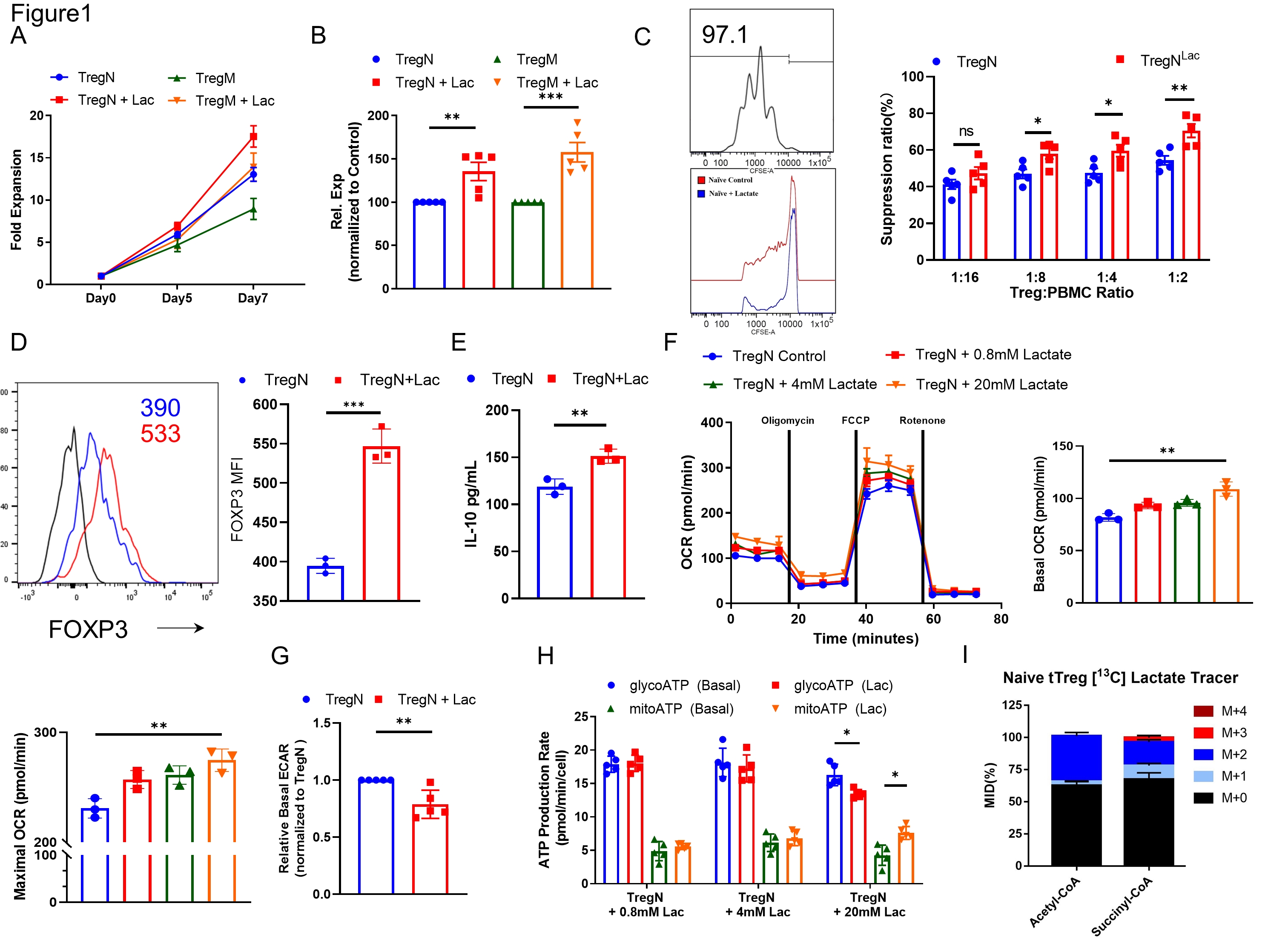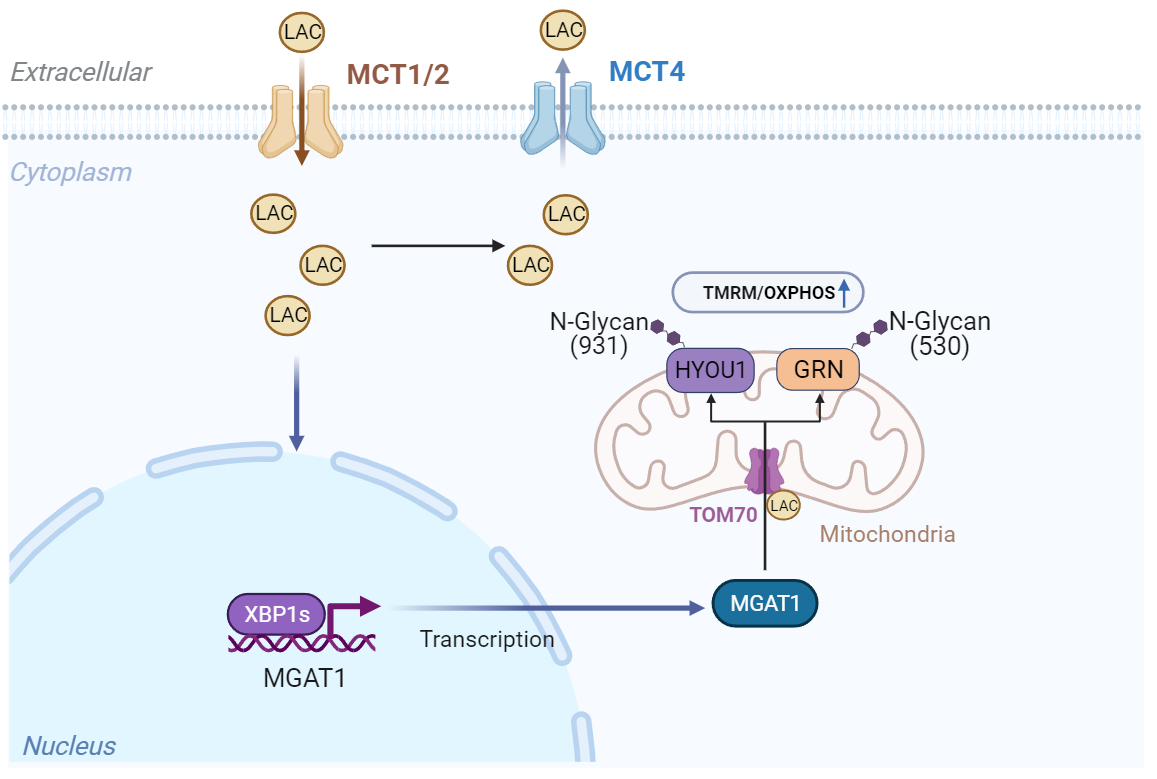Jinren Zhou, People's Republic of China has been granted the TTS Basic and Translational Mentee-Mentor Award
Lactate remodulates the OXPHOS of Tregs by inducing N-glycosylation in mitochondria via transcription and translocation of MGAT1
Jinren Zhou1, Qufei Qian1, Jian Gu1, Ling Lv2.
1Hepatobiliary Center, The First Affiliated Hospital of Nanjing Medical University , Nanjing, People's Republic of China; 2Hepatobiliary Center, Affiliated Hospital of Xuzhou Medical University, Xuzhou, People's Republic of China
Introduction: Current research reports that lactate affects Treg metabolism, although the precise mechanism remains partially understood. In this study, we present evidence demonstrating that elevated lactate levels significantly enhance cell proliferation, suppressive capabilities, and oxidative phosphorylation (OXPHOS) in human Tregs. The expression levels of Monocarboxylate Transporters 1/2/4 (MCT1/2/4) regulate intracellular lactate concentration, thereby influencing the varying responses observed in naive Tregs and memory Tregs. Through mitochondrial isolation, sequencing, and analysis of human Tregs, we have determined that N-acetylglucosaminyltransferase I (MGAT1) serves as the pivotal driver initiating downstream N-glycosylation events involving GRN and HYOU1, consequently enhancing Treg OXPHOS. The mechanism by which MGAT1 is upregulated in mitochondria depends on two key factors: Elevated intracellular lactate promotes the activation of XBP1s, which, in turn, supports MGAT1 transcription. Furthermore, lactate interacts with the translocase of the mitochondrial outer membrane 70 (TOM70) import receptor, facilitating the translocation of MGAT1 into the mitochondria. Pre-treatment of Tregs with lactate significantly reduces mortality in a xenogeneic graft-versus-host disease (GvHD) model. These findings underscore the active regulatory role of lactate in human Treg metabolism through the upregulation of MGAT1 transcription and its facilitated translocation into the mitochondria.
Method: Total proteomics, protein glycosylation modification omics, lentiviral transfection, luciferase assay, et al.
Results: Lactate promotes suppressive function and OXPHOS of memory and naïve Tregs. A high lactate environment increases MGAT1 expression in memory and naïve Tregs by mitochondrial proteomics. Lactate increases N-glycosylation of GRN and HYOU1 to promote Treg OXPHOS via MGAT1. Mitochondrial function of Treg declines after MGAT1 knockdown. A high lactate environment elevates XBP1s facilitates MGAT1 transcription. TOM70 is essential for the mitochondrial translocation of MGAT1 in high lactate environment. MGAT1 knockdown attenuates the therapeutic effect of Treg in a Xeno-GvHD model.


This study was supported by grants from the National Natural Science Foundation of China (81971495, 82171759, 82101873), the CAMS Innovation Fund for Medical Sciences (2019-I2M-5-035), the State Key Laboratory of Reproductive Medicine (SKLRM-K202001), the Foundation of Jiangsu Collaborative Innovation Center of Biomedical Functional Materials, 2022 Jiangsu Graduate Research and Innovation Program (KYCX22_1842, SJCX22_0668).
[1] lactate
[2] treg
[3] metabolism
[4] N-glycosylation
[5] MGAT1
[6] XBP1s
[7] OXPHOS
[8] GVHD
[9] mitochondria
